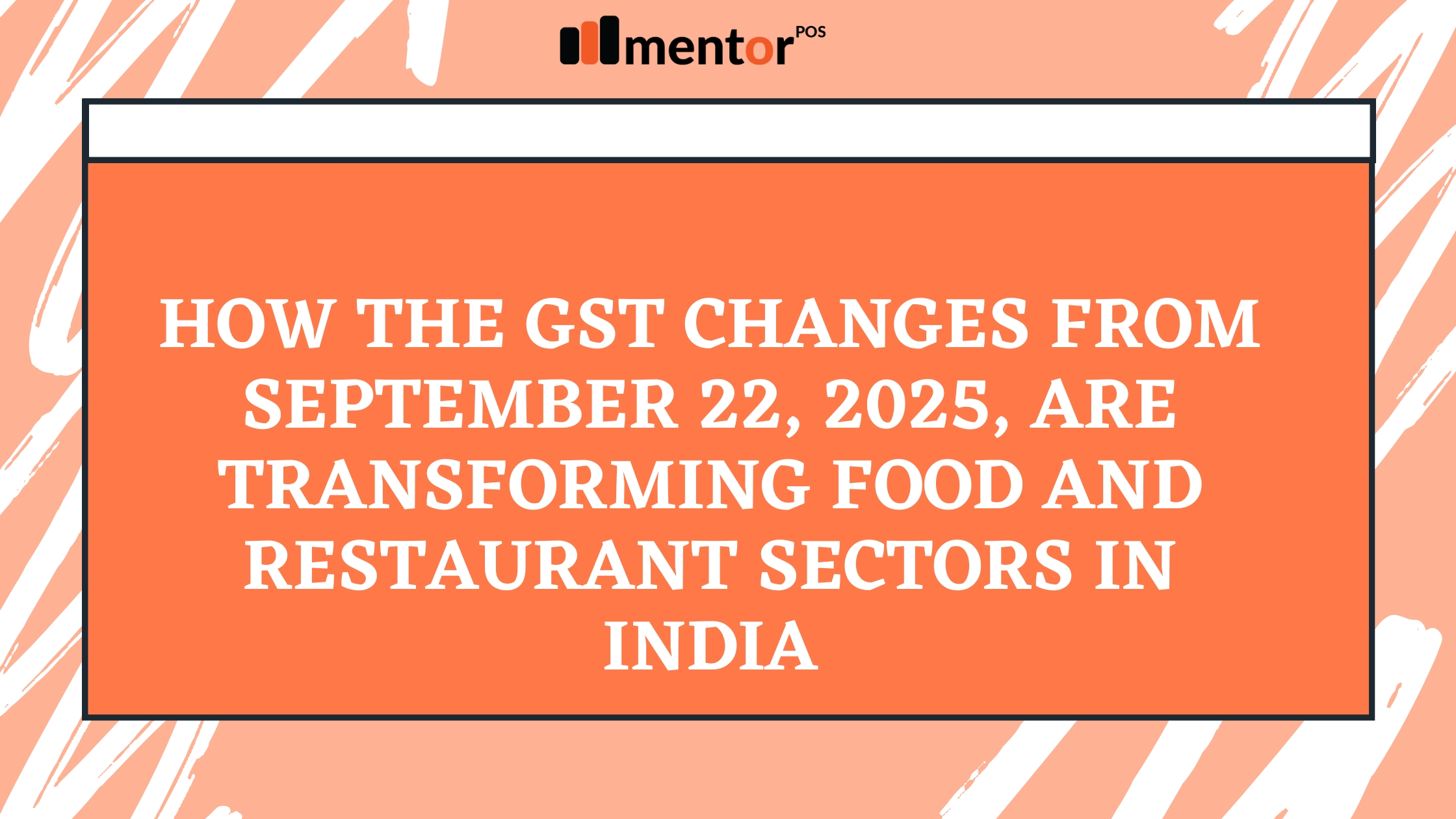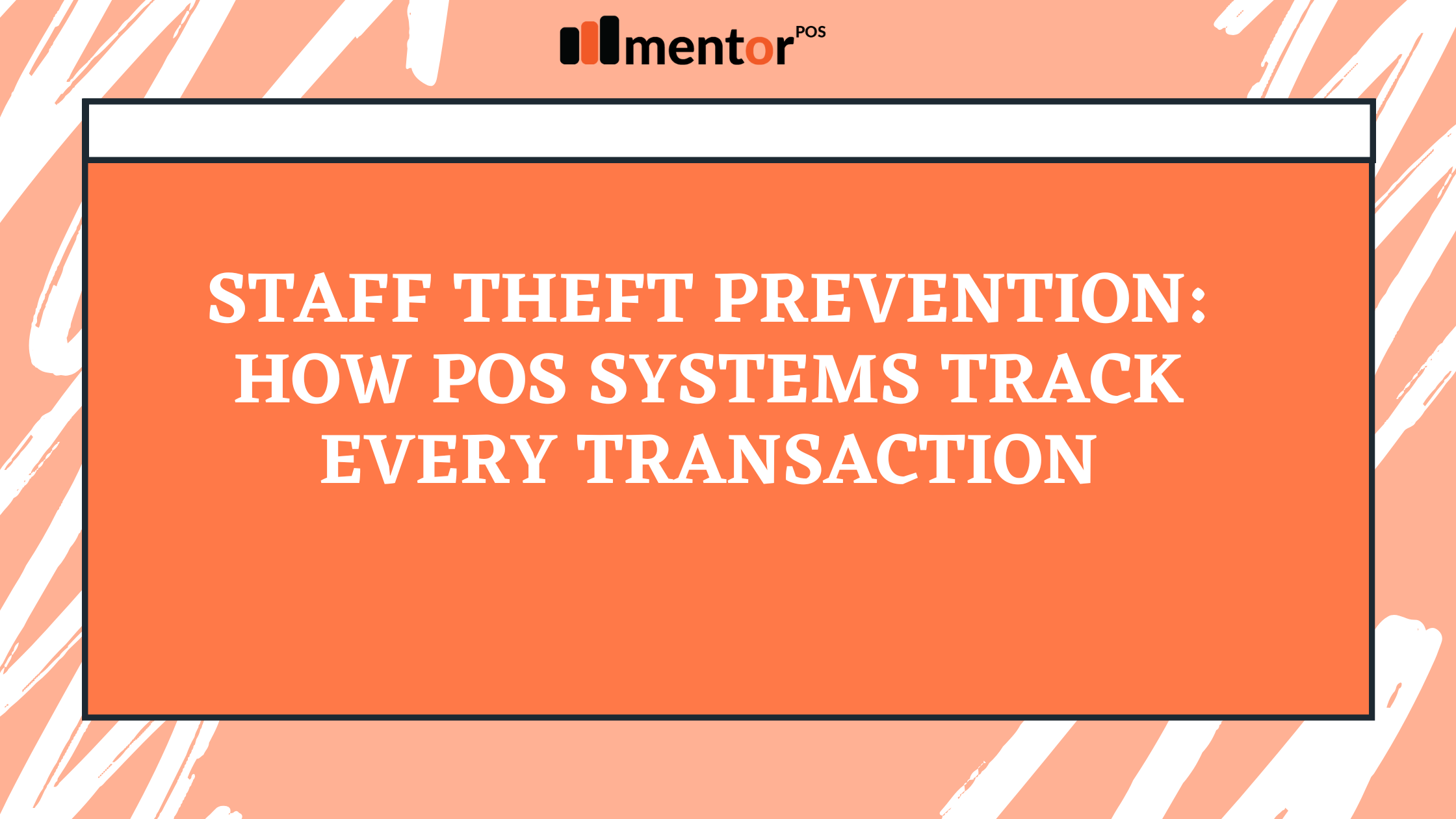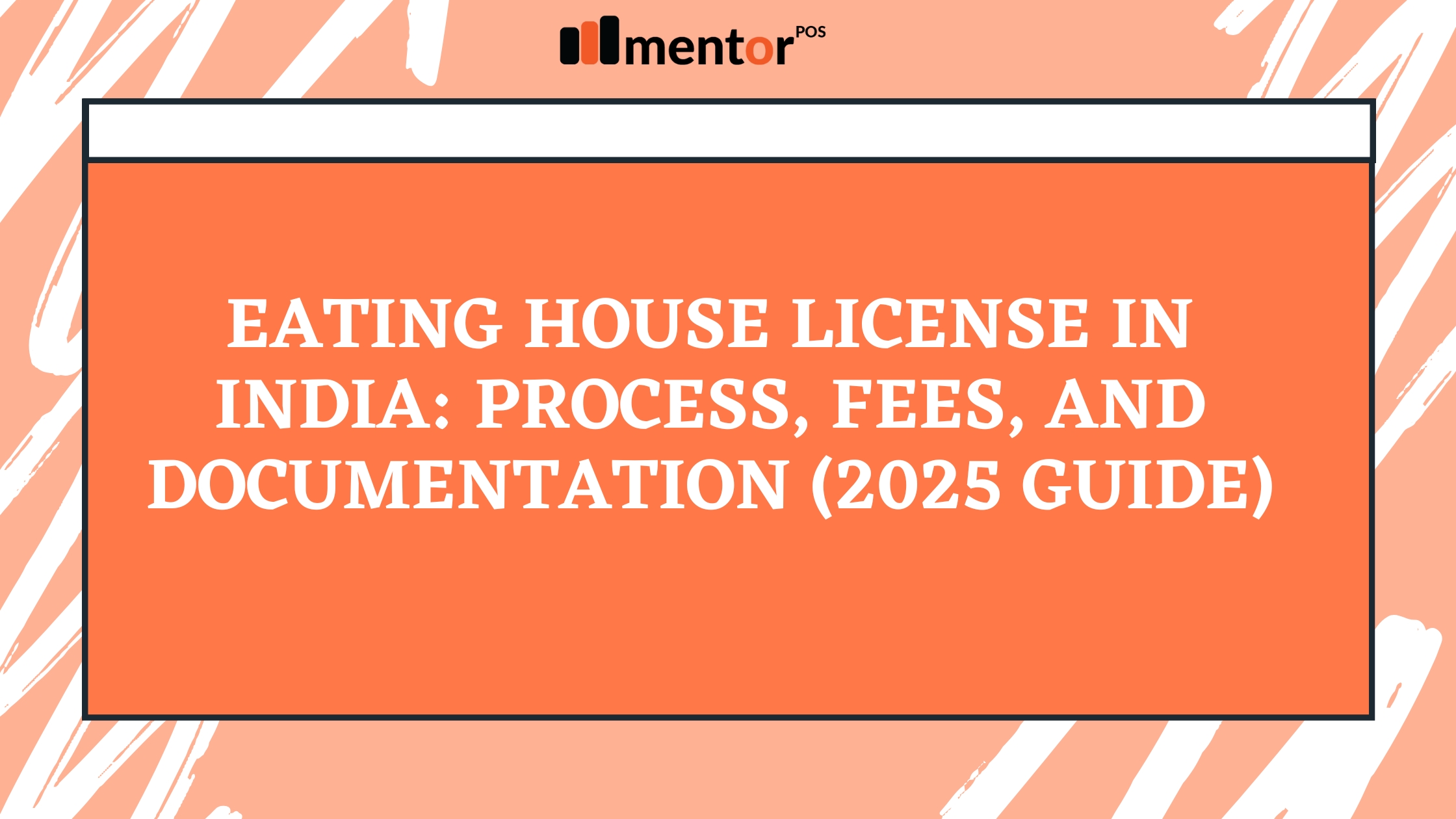On September 22, 2025, India implemented major changes to its Goods and Services Tax (GST) structure to simplify taxation, reduce compliance burdens, and make essential goods more affordable. The food and restaurant sectors are among the most impacted, experiencing both opportunities and challenges under the new framework.
Simplifying GST for Food Items
Earlier, food items were taxed at rates ranging from 5% to 28%, creating confusion for both consumers and businesses. The new reforms streamline this structure:
- Staple Foods: Essentials like milk, bread, fruits, and vegetables are now fully exempt from GST, reducing costs for consumers and promoting healthier consumption.
- Processed Foods: Bakery items, dairy snacks, and packaged foods previously taxed at 18% now attract only 5% GST. This benefits consumers with lower prices and reduces compliance costs for small manufacturers and retailers.
- Luxury Foods: Premium products, such as high-end chocolates, carbonated drinks, and imported gourmet items, are taxed at 40% under the luxury goods slab, ensuring fair government revenue from high-end consumption.
These changes improve transparency, helping consumers understand charges while enabling businesses to price more competitively.
GST Impact on Restaurants
Restaurants also face significant changes:
- Regular Meals: The GST on most restaurant meals is now standardized at 5%, down from 12%-18%, which may encourage dining out and increase traffic for small and mid-sized eateries.
- Hotel Restaurants: Restaurants within hotels with high room tariffs face 18% GST. Legal challenges have temporarily delayed strict enforcement, highlighting transitional complexities for premium establishments.
- Input Tax Credit (ITC) Restrictions: Hotels providing restaurant services cannot claim input tax credit, simplifying administration but increasing cost concerns for high-end operations.
Overall, the lower rates benefit consumers and small businesses, while premium restaurants must navigate transitional rules.
Also Read: GST Registration for Restaurants and Food Businesses in India: A Must-Have for Tax Compliance
Consumer and Business Benefits
For consumers, the reforms mean lower prices on essentials and restaurant meals and greater clarity in billing. For businesses, simplified compliance reduces administrative burdens, and lower taxes improve profitability and competitiveness for small and medium enterprises. Restaurants may see increased customer traffic due to more affordable pricing. However, premium sectors must carefully manage higher taxes and ITC limitations.
Implementation Challenges
Despite positive impacts, the reforms require adjustments: businesses must update billing systems, train staff to apply new rates accurately, and address legal ambiguities, particularly regarding luxury services. Effective planning and proactive communication are essential for smooth adoption.
Looking Ahead
The September 22, 2025, GST reforms mark a step toward a simpler and more transparent tax system. Reduced tax burdens on essential foods and restaurant services are likely to benefit consumers and support small and medium-sized businesses. While casual and mid-tier restaurants may see growth in patronage, luxury establishments must navigate higher rates and ITC restrictions. Overall, the reforms aim to balance consumer affordability, business sustainability, and government revenue, fostering a more predictable and growth-friendly environment in India’s food and restaurant sectors.







